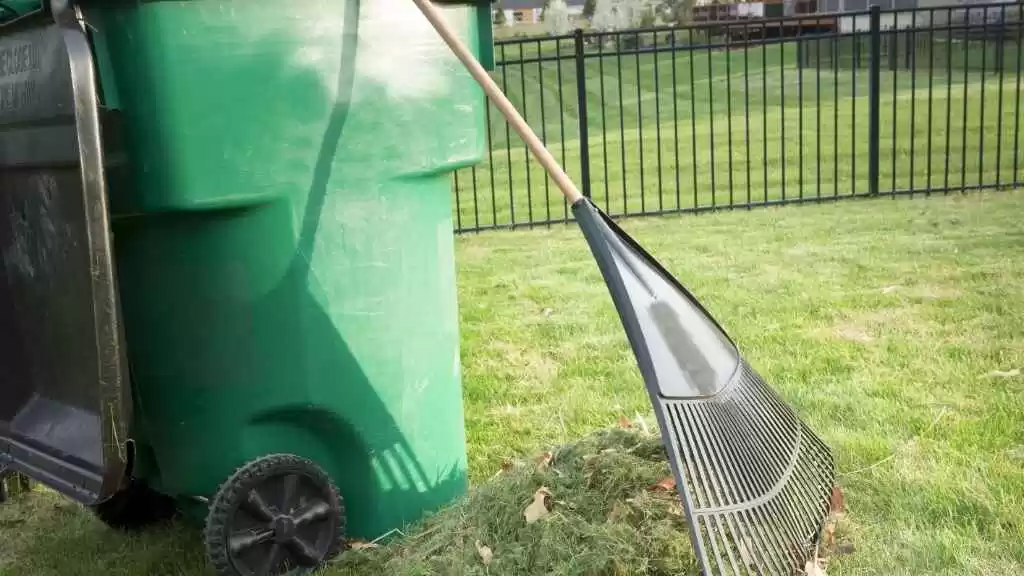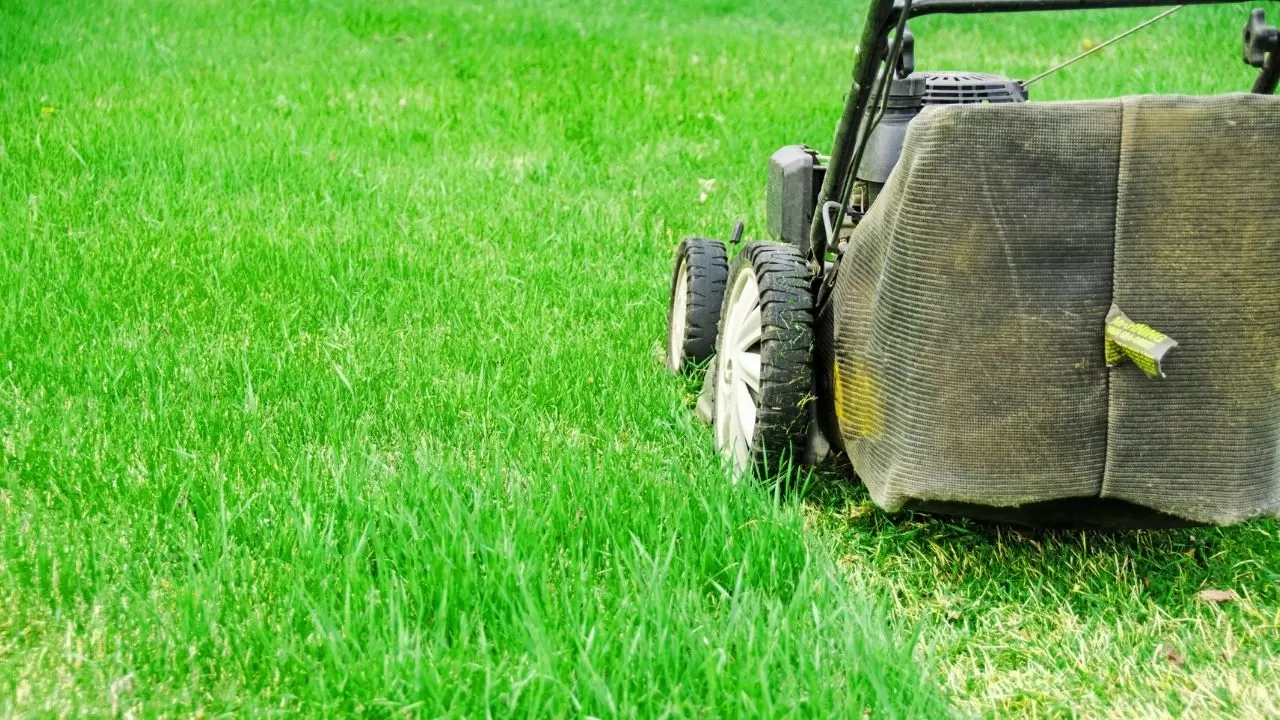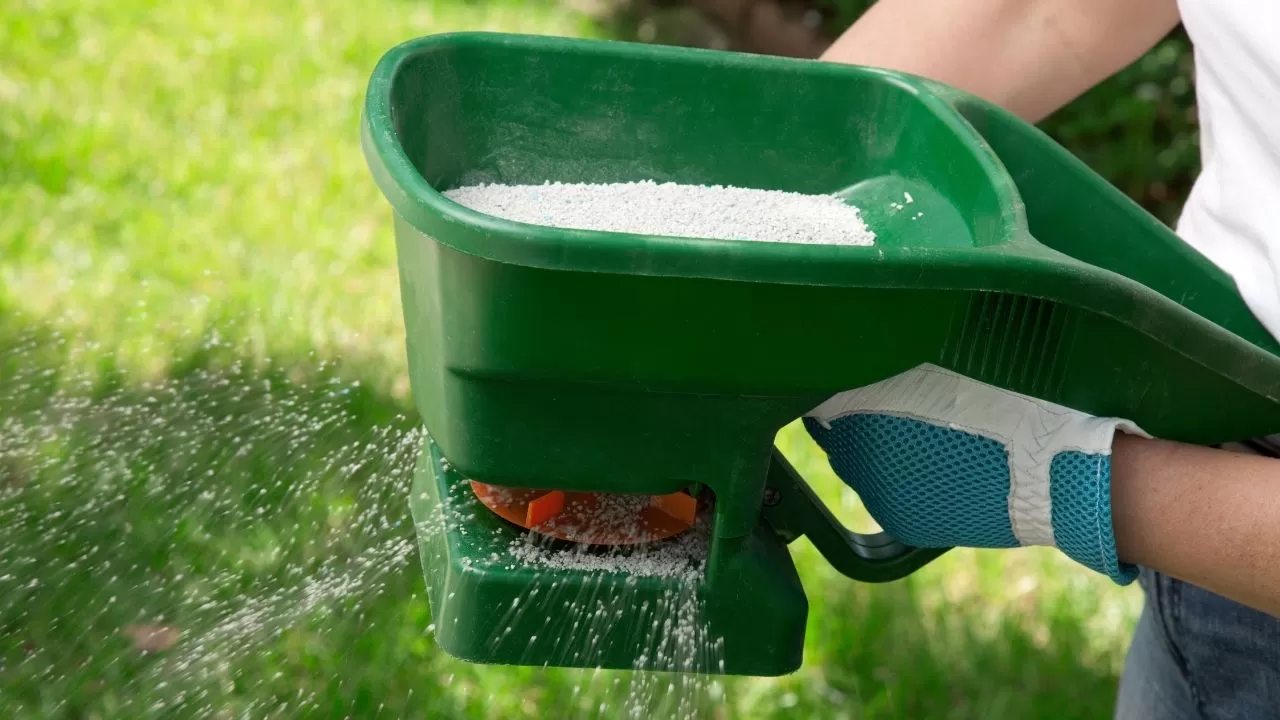Spring is the best time to get things done in your yard. So, we’ll give you now spring lawn care tips to enjoy a healthy lawn all year long.
Why Early Spring Is the Best Time to Care for Your Lawn?
Your lawn spent all winter long in dormancy. That means that the grass was asleep. So, the grass shuts all nutritional cycles down and turns brown to conserve water and nutrients.
As soon as spring arrives, your lawn will begin its growing season.
But remember that after being buried in snow for so long, your grass in early spring is weak, exhausted, and in need of nutrients since it started growing.
You begin to wonder:
“Why my grass is yellow?”, and you need answers right away and provide the right care as soon as possible.
Thus, here is where early spring lawn care becomes decisive. You need to help prepare your lawn for a year of healthy growth by following our tips.
As a result, your lawn will thrive against weeds, lawn diseases, and drought.
What Type of Grass Thrives in Virginia?
For landscaping means, Virginia has a privileged geographical position—the Transition Zone.
So, when it comes to growing grass, you can plant both warm-season grass and cool-season grass. But grasses used in Virginia consist of mainly cool-season grasses.
For example, cool-season grasses include tall fescue, Kentucky bluegrass, rough bluegrass, ryegrass, and fine fescue.
Then, you have warm-season grasses, such as Bermuda grass, St. Augustine grass, centipede grass, zoysiagrass, bahiagrass, and carpetgrass.
For the purpose of giving you a broad idea of spring lawn care, we created the following outline:
5 Spring Lawn Care Tips for a Healthy Grass Year-Round!
- Rake yard debris
- Apply pre-emergent herbicides for weed control
- Start mowing at the ideal height (three to four inches)
- Water the lawn when it wilts
- Fertilize your lawn after the second or third mowing
5 Spring Lawn Care Tips for a Healthy Lawn!
Rake Yard Debris

The first spring lawn care tip we can give you is to rake yard debris.
It’s essential to clear your lawn off of twigs, branches, and any trash that was tossed onto your lawn.
After that, you can rake out dead grass and leave your lawn clean.
Even if you left your yard clean in the fall, when the snow falls, it piles up into a mat that compresses and bends your grass leaves. It would be inevitable not to have dead grass in spring.
So, you have to clean all of that mat of dead grass blades since it can be bad for your lawn’s health. Also, raking helps to separate grass leaves that have stuck together due to humidity. As, a result, you’ll prevent lawn diseases like snow mold.
Last but not least, raking is important since it prepares the lawn, so you can start doing the other spring lawn care tips on our list.
Apply Pre-Emergent Herbicides for Weed Control

Spring is the best time to do lawn care because you can foster year-round healthy lawn growth.
So, we advise applying pre-emergent herbicides for weed control. For some other types of weeds, you will need to apply post-emergent herbicide (they kill weeds before they establish in your lawn).
One of the most famous types of weeds is the famous crabgrass. Once it establishes on your lawn, it’s hard to get rid of it. So, it’s better to treat it with pre-emergent herbicides.
When you apply a pre-emergent herbicide, it’ll create a layer that coats all seeds (weeds and grass). The herbicide will prevent good and bad seeds from growing. That’s why we don’t advise grass seed bare patches in early spring when you applied a pre-emergent herbicide.
Start Mowing at the Ideal Height

We advise you to start mowing at a high height among our list of spring lawn care tips.
Before mowing in spring, take some time to think about the following things:
- Inspect your lawnmower and do any necessary maintenance such as replacing the air filters, changing the oil, replacing spark plugs if they are old
- Sharpen the lawnmower’s blades to guarantee a clean cut
- Make sure the ground is dry enough to avoid compacting the soil
So, go ahead and adjust the lawnmower to cut grass at the highest possible setting. Most types of grasses will thrive when trimmed to a height of three to four inches. When you finish mowing, make sure you rake and get rid of grass clippings.
Why Should You Mow Your Lawn High?
The reason is simple: your lawn has started growing, so set the lawnmower to a high mowing height to eliminate broken, dry, and dead grass blades.
Remember that your lawn has slept all winter, so cutting the grasses blades’ edge will help the growing cycle start.
Why Shouldn’t You Mow Your Lawn too Low?
Cutting the grass too short is a big mistake. You should never mow your lawn more than one-third of the grass blade height. Mowing too low will cause shallow root development and encourage weed seeds to germinate. In other words, cutting too low makes your lawn vulnerable to drought and weeds.
Some homeowners don’t have time to do all lawn maintenance by themselves. So, they must hire a landscaping expert to get skilled and cost-effective lawn care services. Mi Jalisco Landscaping LLC is a reliable and affordable landscaper in Richmond, VA. Call us to take care of your lawn.
Water the Lawn When It Wilts

Nature is perfect. So, your lawn will tell you when it needs watering.
After the snow and ice melt away from your lawn, this excess of water will filter in the ground, and your plants will absorb it. Thus, we advise you to wait to water your yard until it begins to wilt.
Fertilize Your Lawn After the Second or Third Mowing

Landscaping experts don’t recommend fertilizing your lawn in early spring.
Your mission in early spring is to eliminate weeds and let the grass grow strong again.
After giving the pre-emergent herbicide time to take effect, you can pull out your spreader and fill bare spots with grass seeds fit for your lawn type. As a result, in a couple of months, your lawn will thicken.
We recommend fertilizing your grass after the second or third mowing.
Follow Our Tips to Foster Year-Round Healthy Lawn Growth!
Spring lawn care is vital. Following our spring lawn care tips, you prepare your lawn for the growing season. After the stress suffered during the winter, you’re the only ally for your lawn. So, go ahead and follow our tips to guarantee a healthy lawn.
If you are too busy or want professional results for your grass, make sure to call our trusted landscapers.



